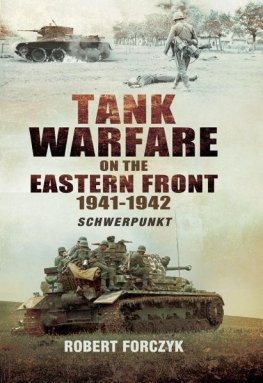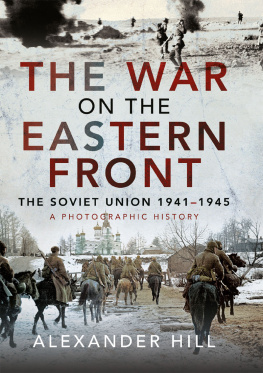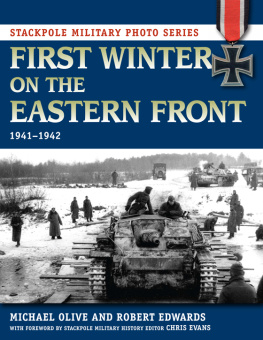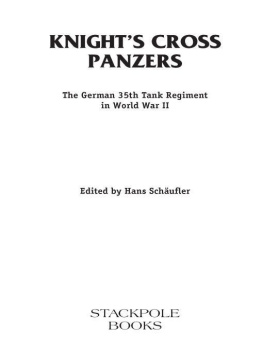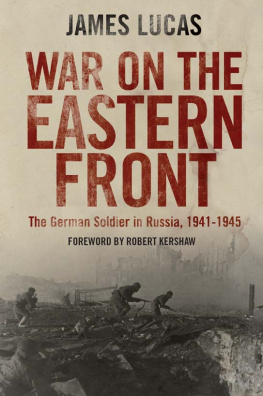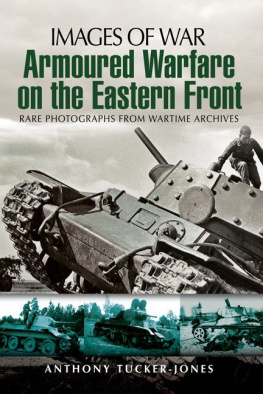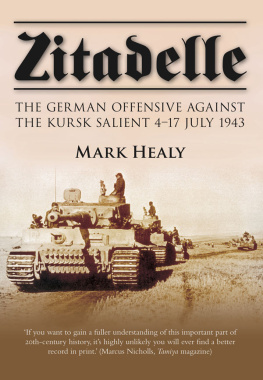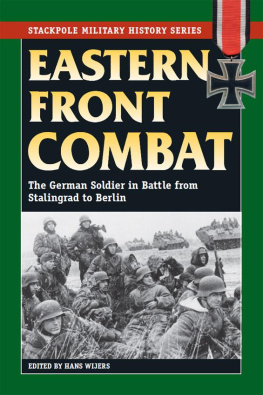THOUGHTS OF A GENERAL AT THE BEGINNING OF THE WAR WITH RUSSIA

General der Panzertruppen Walther K. Nehring, commander of the 18. Panzer-Division
On 21 June 1941, orders arrived for a surprise attack on the Soviet Union at 0315 hours on Sunday, 22 June. An appeal by Hitler to the troops accompanied the orders. So did two ideologically motivated orders concerning the harsh treatment to be given to Soviet troop commissars and the civilian populace. Their execution was prohibited by the German Army High Command to avoid endangerment of the discipline of the German forces.
Thus, the die had been cast for this war. Hitlers decision, after months of deliberation, stood firm. Or was there a chance to change things? Could new suffering for the people on both sides be avoided? There was some optimism whenever one thought back to the use of military pressure in the execution of politics in the fall of 1938, when the occupation of the Sudetenland turned into a Flower War instead of leading to the flowing of blood. Hadnt the situation been similar on 25 August 1939, when the start of the war that evening was postponedif only for a few daysafter the approach march of German forces to the Polish frontier.
At that point, the civilian leadership of the state had to decide. The precedence of politics over the military was the basic framework for doing things. Only the leader of the state had access to all of the material necessary to allow far-reaching political determinations.
Nonetheless, the division commander, who felt responsible for the soldiers entrusted to him, was having some serious concerns regarding the decision of the senior man in the state.
The German-Soviet Non-Aggression Pact of 23 August 1939 had been well received at the time of its signing. One perceived it as the end of German-Soviet enmity. In its place, both partners then began the exchange of goods of all types, another well-received initiative. The exchange continued through 21 June 1941 and had benefited Germany significantly, ever since the autumn of 1939, when it had been isolated from the West.
It should also not be forgotten that it was only by means of that agreementthat is to say, Stalin and Molotovthat Hitler was afforded his success over Poland. Or was it possible that those two men only wanted to divert Hitlers attention from their own country?
Finally, one could not forget the solemn declaration of Hitler to the German people in 1938 that Germany had no more territorial claims...
Why, then, the expansion of the war to the East, when it had already broken out in the West from the North Pole to Libya?
Moreover, one needs to observe and judge the development of the situation from another perspective. Despite the friendship treaty, political disagreements had arisen between Germany and the Soviet Union. They cannot be overlooked, especially in their far-reaching effects. Following the combined campaign against Poland, Stalin had forcibly incorporated the independent Baltic states into the Soviet Union and, in the following spring, had detached the Romanian province of Bessarabia through massive political pressure. On 30 November 1939, Stalin attacked the small nation of Finland in order to push the Soviet borders considerably westward. Although the Soviets, poorly led and inadequately equipped, had to pay a huge toll in blood, the Soviet political leadership achieved its goals in the end. Coupled with Molotovs visit to Berlin in December 1940 were additional demands that were at odds with German interests, for example, in the Balkans and the Dardanelles. It remained an open question, however, as to what was to be done.


